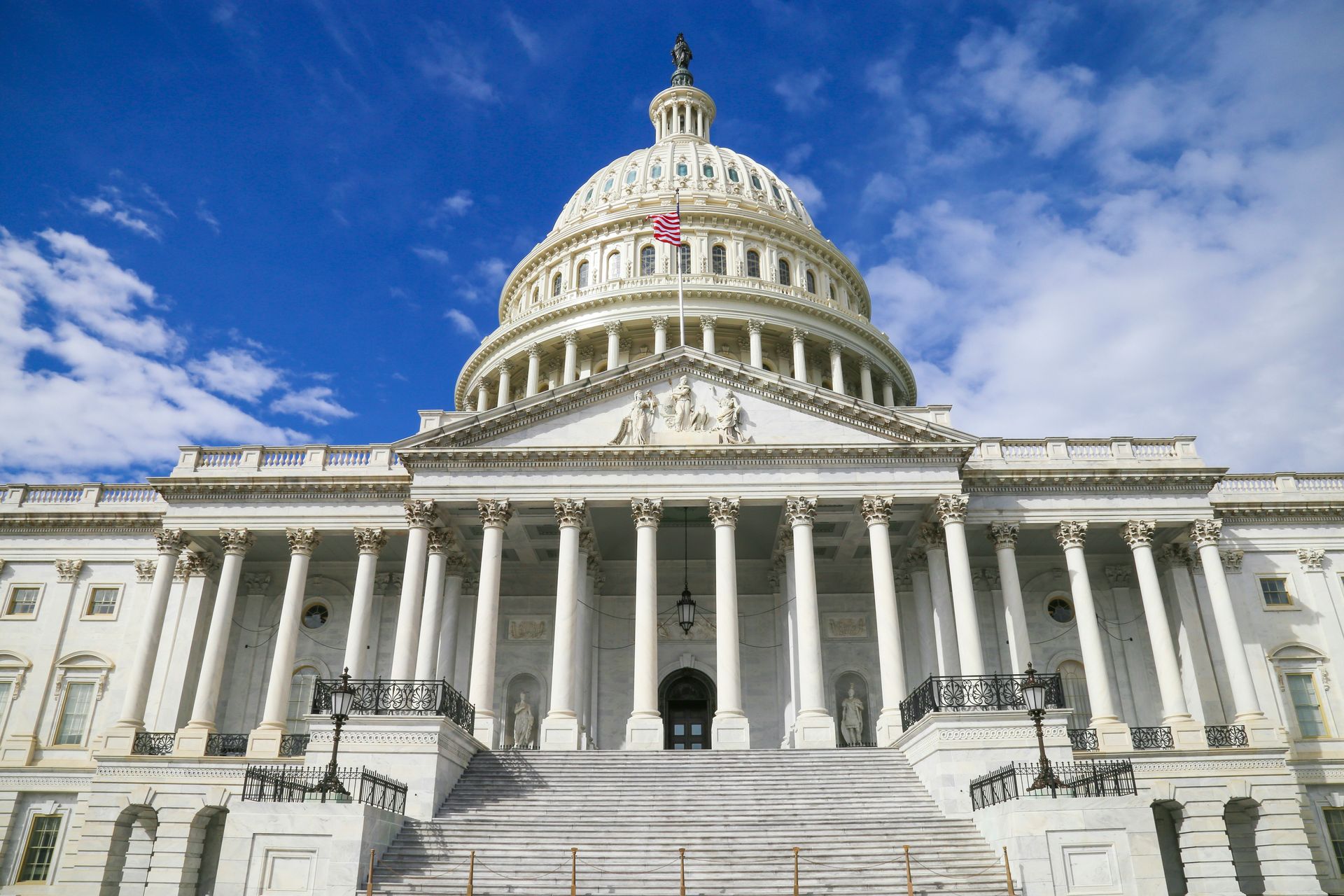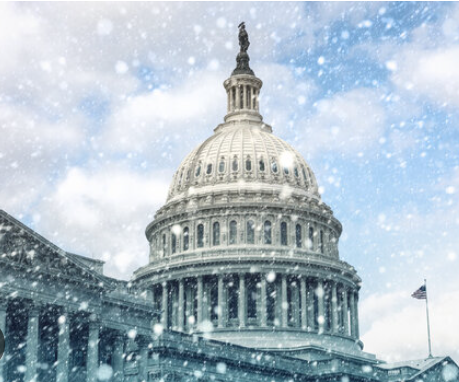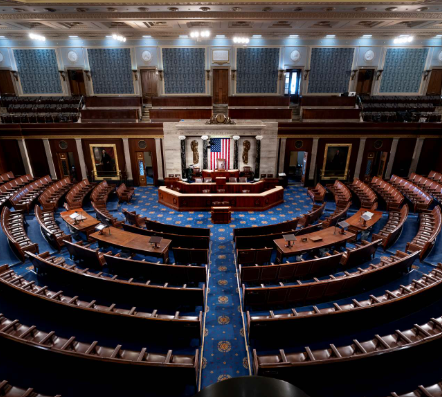Blog Layout
NAWB Calls on Biden Administration to Strengthen Workforce Development
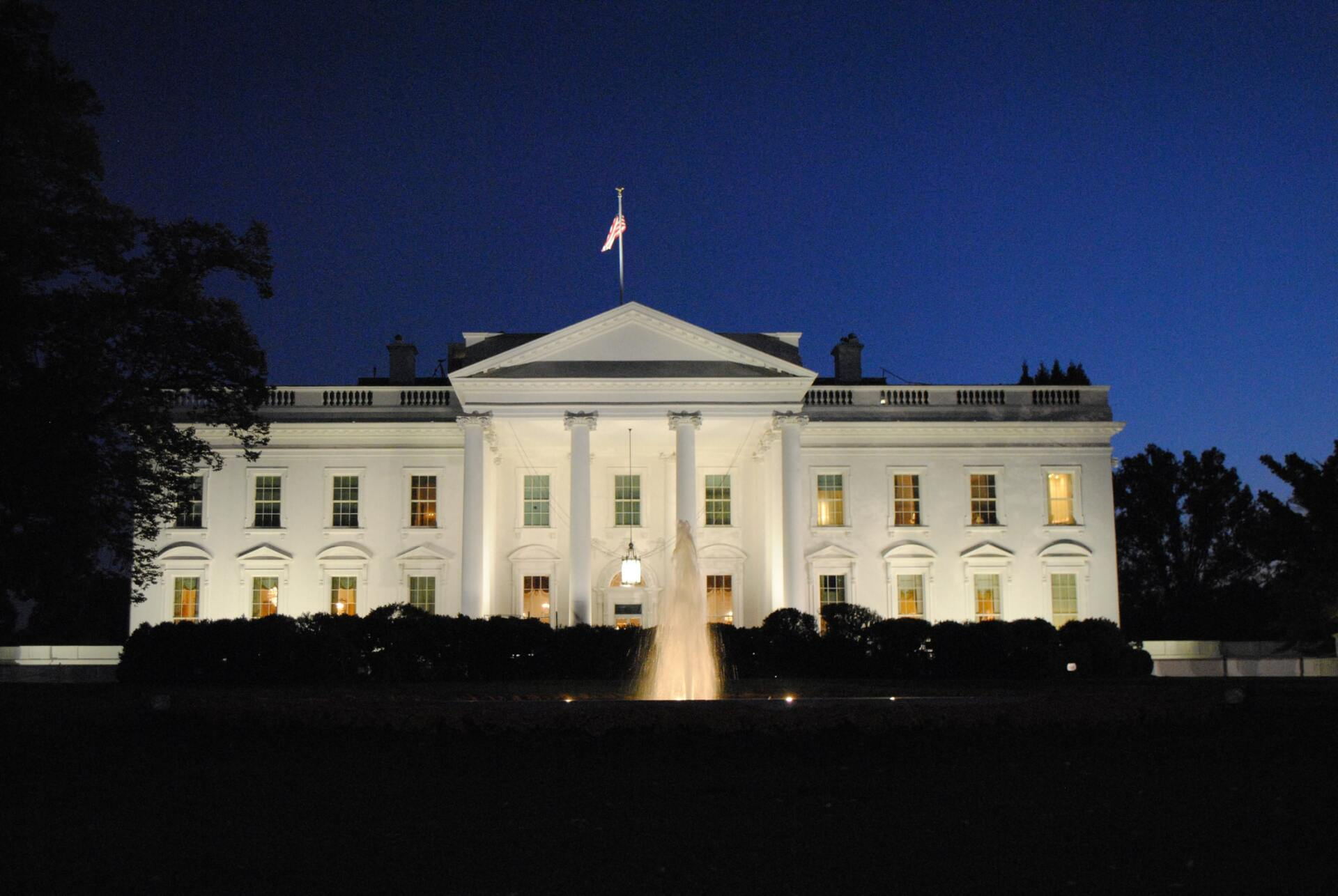
With President-elect Biden taking office next week and the 117th Congress in full swing, NAWB felt it important to make it clear to all sectors of government what is necessary to strengthen the federal workforce system. In a detailed letter NAWB has outlined how both the Biden Administration and Congress can act to ensure local workforce development boards are able to best serve their communities. This letter describes what NAWB members and stakeholders have deemed necessary to help the American economy and job seeker alike. The full letter text is included below, and has been sent to the appropriate parties mentioned above. NAWB welcomes the opportunity to work with President-elect Biden and Congress to advance workforce development programs in the United States.
Dear President-elect Biden:
The National Association of Workforce Boards (NAWB) represents over 500 local Workforce Development Boards (WDBs) across the country. NAWB, WDBs, and the Biden Administration share the same goal: to build back America and the American public workforce system, which will make our country stronger as a result.
WDBs serve as the primary link between the U.S. Department of Labor (DOL), other federal and state agencies, education institutions, local elected officials, community organizations, and employers and the workforce. As the United States continues to grapple with the economic devastation caused by COVID-19, millions of Americans remain out of work and in need of new skills to find employment. Many previously held jobs that are not coming back. At the same time, it is estimated that only 10-to-20 percent of adults receive adequate skills development for sustainable employment.
As mentioned on the Build Back Better initiative’s website, communities of color are experiencing disproportionate rates of unemployment in addition to other repercussions caused by COVID-19 and are especially in need of significant skills development and job placement. Meanwhile, the nation’s economy continues to shift to Industry 4.0 with changing skill needs, a shift which has accelerated due to the pandemic. WDBs help unemployed and under-employed Americans acquire these skills needed by employers and find placement in new employment but are overwhelmed by current demand and limited resources caused by the pandemic and long-term underinvestment. WDBs can also help incumbent workers acquire these skills to enable them to retain employment.
In the five years since President Obama signed the bipartisan Workforce Innovation and Opportunity Act (WIOA) into law, and in many states, for many years prior to that, WDBs led by locally appointed business volunteers have identified and developed proficiencies for implementing WIOA. These proficiencies include coordinating with regional stakeholders and partners such as employers, community colleges and the public K-12 education system to develop and implement employer-driven solutions, analyzing and applying critical data to make informed decisions how to leverage and spend public funds to best serve their regions’ economic, employer and worker needs and developing and deploying work-based learning strategies including a focus on registered apprenticeships. During and in response to the pandemic, WDBs converted many services to virtual delivery and employed other new strategies to continue to work with employers and job seekers uninterrupted.
Considering all this, NAWB believes that the best resources for the Build Back Better initiative are the WDBs across the country, who can efficiently identify regional economic and employer needs, along with the skills needed to provide safe and sustainable workplaces.
NAWB suggests the following considerations for the Biden Administration’s Build Back Better initiative:
Seek to reauthorize and update WIOA (WIOA 2.0) and bring the American workforce into the future. To quote the Build Back Better initiative: “Even before COVID-19, too many families were struggling to make ends meet and too many parents were worried about the economic future for their children.” NAWB agrees and believes reinvesting in the workforce of today and tomorrow can help provide a more secure future for Americans everywhere. This includes:
• Updating and re-enacting WIOA to fit current and future labor market conditions and skill requirements, which will give more Americans an equal chance to get ahead; and,
• Assessing and addressing the consequences of long-term unemployment and dislocated workers, which have increased significantly as a result of COVID-19.
Increase transparency in data and aligning it with expected outcomes for the Federal investment in employment and training. This transparency will help the Biden Administration address inequalities in the public workforce system and continue to invest in effective workforce development programs. This includes:
• Investing in technology to ensure timely release of data for use in managing investments, and impact analysis for demographic data to ensure equity in service and results; and
• Keeping WIOA outcomes and services data publicly available.
Embracing the understanding that the U.S. labor market is dynamic, and meeting employers’ present and future skills needs is critical to implementing the Biden Administration’s robust jobs agenda:
• The number of hires, voluntary or involuntary separations (quits/layoffs), and job vacancies in a single year total over 100M transactions. Even during the pandemic, in August 2020 5.9M hires, 4.7M separations and 6.9M vacancies were recorded. Tracking these transactions and adding context for regional labor markets is a key part of a WDB’s work
• Labor force participation rates are falling
• People are working to later ages, partly out of interest in staying employed and partly out of economic necessity. We will continue to need these older workers as U.S. birth rates are falling and slowed immigration will shrink the available labor force.
• Incumbent workers, and their access to skill development, is imperative as nearly 80 percent of the labor force the US will rely on in 2030 is in the current labor force.
• Local matters even more as Census data show we do not have the mobility we think we do in the U.S. Census data tells us 9.8 percent of Americans moved between March 2018 and March 2019, and younger worker moves dropped from 29 percent in the 2005/2006 study to 20 percent in the 2018/2019 study. Taking a new job was the third-highest reason to move, behind family situation and moving closer to current work, the first and second-highest reasons to move.
• Not only is analysis of these trends and transactions in a region important, but so is the broader look at other systems that have significant impact, such as housing, transportation, childcare, the education infrastructure and the skill needs of the local businesses involved. Each of these can be significantly different from region to region.
• WDBs’ partnerships with business help identify the region’s critical skills, and through the WDBs’ networks of American Job Centers, learning providers and community/faith-based organizations as well as an increasing online presence, allows WDBs to effectively connect with employers and workers to provide current skills assessments, options for career advancement by helping focus their efforts on critically needed skills, support assistance for life issues, and connections to current vacancies.
Building sustainable resources to support communities. A one-time investment in workforce development does not allow for adaptability in an ever-changing environment. This includes:
• Increasing and modifying funding for short-term and long-term skill-based training. Increases WIOA funding can easily be used for short-term skill-based training. Building more capacity into WIOA to achieve short-term upskilling and reskilling and effectively bridging the life-long learning career planning and preparation that will be essential for workers makes sense, in part because WDBs are focused on outcomes critical to their region.
• Through WIOA, WDBs can quickly implement skilling needs. Any increase in funding to WIOA can be quickly distributed making effective investments in critical skills and industries in short order. Also, since WDBs’ infrastructure of local outreach and engagement is already in place and funded, such as the network of American Job Centers, each additional dollar to WIOA realizes more one-to-one counseling and skill development.
• NAWB recommends an additional $6,600,000,000 over five (5) years, in funding to assist with skills development to address the loss of jobs caused by automation. NAWB also recommends adequate annual funding for skills development and dislocated workers due to COVID-19.
• Confirming the authority of local WDBs for the allocation of WIOA funds based on their determination of needs in their region, consistent with the allowed use of WIOA funds as detailed in the Act.
• Investing in reliable/high-speed broadband accessibility must continue to be a high priority for Congress and the Administration, as few issues pose as large a barrier to the skilling/re-skilling/upskilling efforts for the U.S. labor force as the lack of access to reliable broadband
The National Association of Workforce Boards is eager to continue engagement with the Biden Administration and is ready to help America build back better.

By Stacy Heit
•
January 17, 2025
January 17, 2025 -- The National Association of Workforce Boards (NAWB) today announced that two members of its Board of Directors, Kathy Jewett and Debra Giordano have stepped down from their roles for personal reasons. Al Searles, a member of the board’s executive committee, has been elected to the Vice Chair position vacated by Jewett during the board’s most recent meeting. “On behalf of the NAWB team, I extend my gratitude to both Kathy and Deb for their valuable contributions and commitment during their tenure on the Board,” said President and CEO, Brad Turner-Little. “Their leadership and dedication have played an integral role in shaping our growth and I appreciate their guidance during a time of transformation for the organization.” “As Board Chair, I want to extend my deepest gratitude to Kathy for her exceptional leadership and dedication as a board director over the past six years and most recently as vice chair,” said NAWB Board Chair, Lisanne McNew. “Her vision and commitment have been pivotal in advancing NAWB’s mission and strengthening workforce boards nationwide. As Al steps into the role of Vice Chair, I am confident his expertise and passion will guide us forward, building on Kathy’s legacy and driving continued innovation and impact in workforce development.” She added, “Deb’s expertise and dedication to workforce development have been invaluable to our industry. Her thoughtful leadership and contributions have left a lasting impact on workforce boards and the communities they serve. We are deeply grateful for all she has done for our board.”
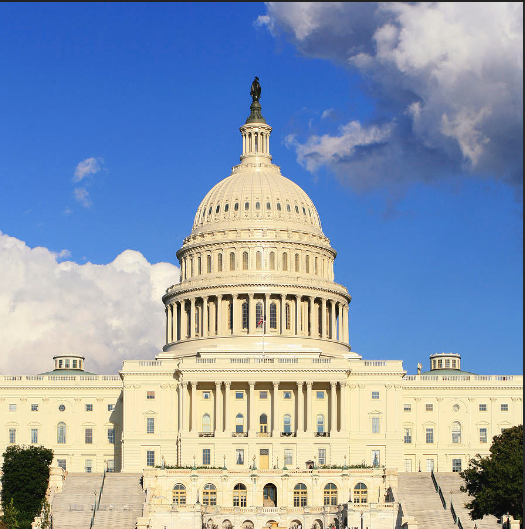
By Brad Turner-Little
•
December 3, 2024
December 3, 2024 -- NAWB President and CEO, Brad Turner-Little , made the following statement in response to the Congressional committee leadership's bipartisan, bicameral agreement to reauthorize the Workforce Innovation and Opportunity Act (WIOA). The new bill, which we provided an initial summary of, is currently being considered on a fast-track procedure in the Senate. "Since WIOA’s reauthorization in 2014, workforce development boards (WDBs) have sought to meet the evolving needs of employers, jobseekers, and the local communities that they serve. It is laudable that lawmakers have reached consensus on legislation to make significant updates to the nation’s public workforce development system, including improvements that recognize the vital role that WDBs play in strengthening local economies. Since the initial release of a new bicameral and bipartisan WIOA reauthorization agreement last week, A Stronger Workforce for America Act (ASWA), the National Association of Workforce Boards (NAWB) has spent time analyzing this proposal and engaging with our members to understand how the bill would affect ongoing operations, service delivery, and the ability of WDBs to serve jobseekers and employers alike throughout the nation. Through these discussions, it has become clear that there are aspects of this legislation that conform with NAWB’s vision for the future of the public workforce system, while there are other significant components of this agreement that will be challenging to implement at best and could undermine WBDs’ ability to meet their mission. ASWA would renew the law for five more years, sending a powerful signal that the public workforce system authorized by this legislation is critical to wider efforts in preparing and sustaining the skilled workforce needed for America’s wider success. NAWB is pleased to note that many of the organization’s recommendations have been incorporated into this legislation. These include clarifying local WDBs’ authority over local budgets; increased flexibilities to serve incumbent workers; improvements to cost-sharing requirements for one-stop centers, including flexibilities for the sharing and pooling of these resources; increased professional development opportunities for local staff; allowing for marketing and outreach efforts on behalf of the system; allowing WDBs to serve as one-stop operators when meeting certain conditions; a new emphasis on skills-based hiring; and dramatic improvements to data collection and subsequent reporting to make the public workforce system more transparent and responsive to the needs of workers and employers. While NAWB appreciates these and other aspects of the agreement, the legislation unfortunately continues to advance provisions that our organization does not support, including a new systemwide mandate for training and an overly prescriptive work experience requirement for youth funding which we believe runs counter to local autonomy and flexibility. While we appreciate the agreement’s recognition of the important role supportive services play in the success of worker skills development, we continue to call on Congress to ensure that any new requirements reflect the realities facing the populations WIOA is structured to prioritize. NAWB’s members have made clear that increased state-level set-asides will mean fewer resources will be available to local WDBs to implement these and other aspects of this legislation with fidelity. In conjunction with the proposed local workforce area redesignation provisions, NAWB’s members have also made clear that there is a strong potential that aspects of the public workforce system will need to close, staff laid off, and business services significantly curtailed under these new operating constraints. Taken together, we remain deeply concerned that these aspects of the agreement will make it more difficult for the public workforce development system to serve jobseekers and employers alike moving forward. We are grateful to have heard from so many of our members who provided thoughtful and meaningful perspectives as part of NAWB’s analysis of this legislation. They are the true experts, working every day with local community partners, elected officials, businesses, and jobseekers. We recognize the extremely challenging environment that workforce boards will be in whether this bill is enacted during the final days of the 118th Congress or if current law remains in place for the time being. In either scenario, NAWB remains committed to working closely with the incoming administration and new Congress to ensure that the public workforce development system is responsive to the needs of workers, learners, and businesses, and can fulfill the significant workforce development needs of our nation now and in the future. This will certainly be among our top priorities during Workforce Advocacy Day , scheduled for April 1-2 , 2025 in Washington, DC. NAWB members need to share their expertise with members of Congress to ensure that the workforce system has the necessary resources to serve their local communities.” Learn more about NAWB's work on WIOA.
National Association of Workforce Boards | All Rights Reserved |
Created by Olive + Ash.
Managed by Olive Street Design.


